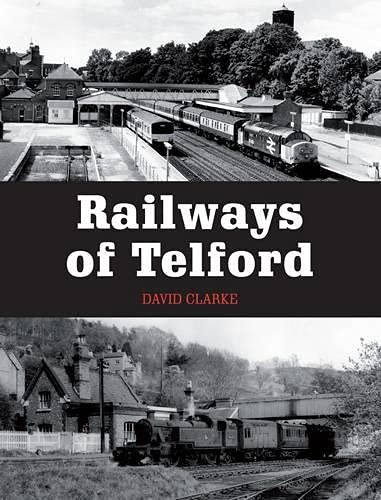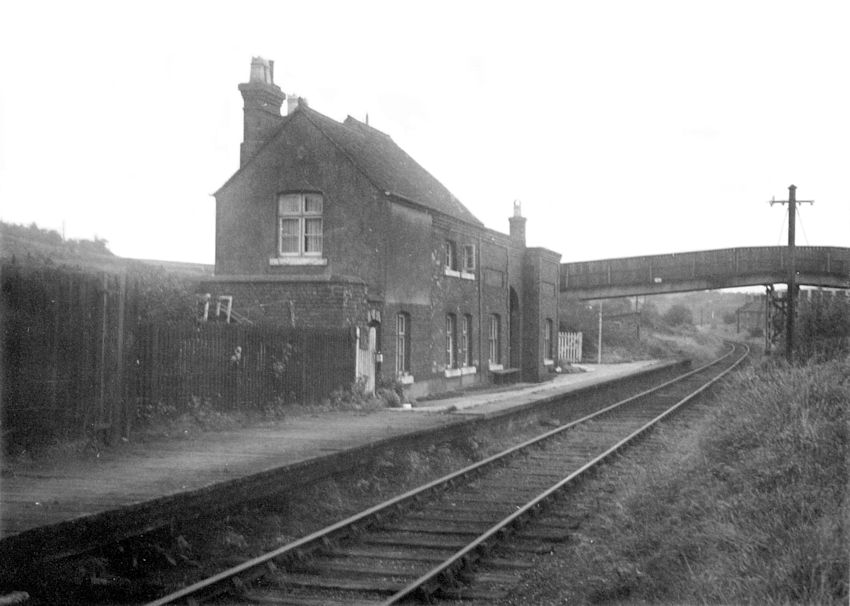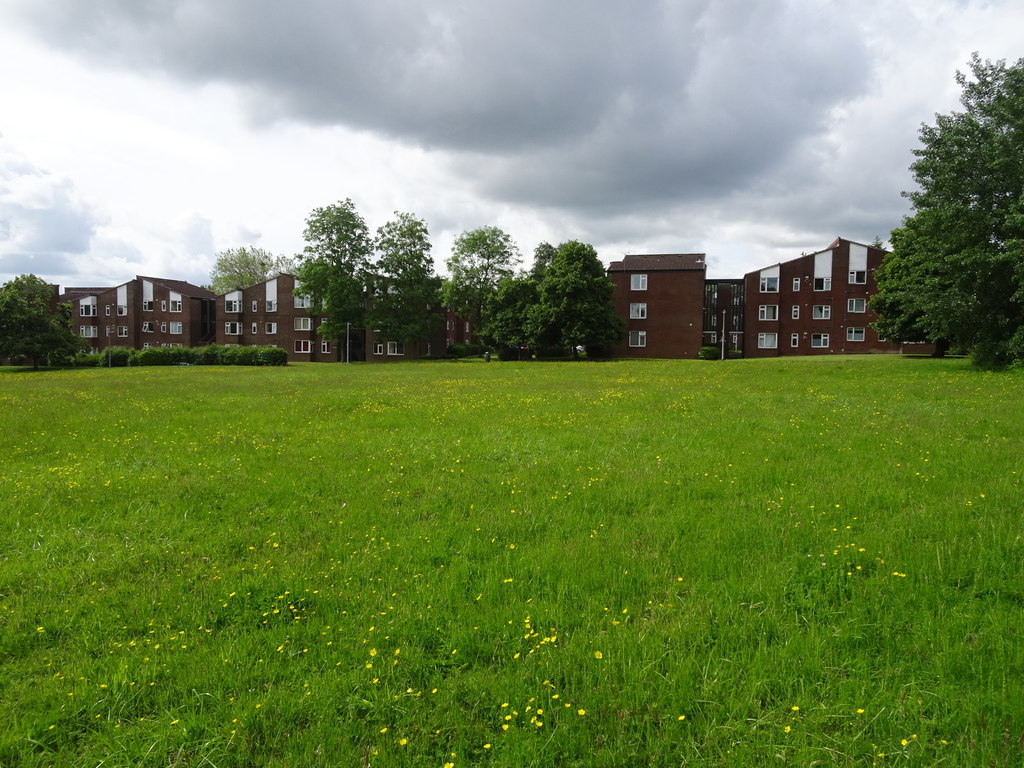
The landscape of my life is changing!
Until the end of 2021, my life essentially focussed on the City of Manchester. The first 5 years of my life were spent in Altrincham and, after a few years when my family lived elsewhere (Hull, Braintree, King’s Lynn), I returned to Manchester to study for a degree in Civil Engineering at Manchester University in 1978 and, apart from around 2 and 1/2 years in my late 30s, I have lived in Greater Manchester since then – Rusholme, Moss Side, Didsbury, Stockport, Ashton-under-Lyne and the city centre became my whole geographical world. Apart from holidays, I have lived and worked in the conurbation for much of my life.
The 2 and 1/2 years spent away from Manchester in the late 1990s saw me training for ministry as a Priest in the Church of England. At the end of 2021, I am retiring from ministry and moving with my wife to live in a Vicarage in Telford where she will be working.
One of the gifts that I was given on leaving Ashton-under-Lyne was a relatively recent publication from Crowood Press (2016), ‘The Railways of Telford’ by David Clarke. [1]
I guess that I have become accustomed over the years to picking out the main railway routes in the area in which I live. These routes could be live lines or those relegated to history.
The gift of David Clarke’s book was an astute purchase by a valued friend and colleague.
“Author David Clarke covers the history of the railway network … in Telford, from its early industrial beginnings to the present day. The book examines the importance of the coal and engineering industries to the region, and covers the rolling stock, signals, signal boxes and locomotive depots of the network. It details the variety of traffic that was generated in the area and traffic passing through, it also gives details never before published of … workings in and out of Hollinswood Yard.” [1: back cover]
Over Christmas 2021, I read Clarke’s book in-between copious amounts of food and present-giving and the occasional nod to the TV.
Of interest to me, at least, was the choice of pictures for the front cover of the book. The two images show the two ends of the Coalport Branch service from Wellington to Coalport.
The first picture shows, on the left, the remains of the two bay platforms at the East end of Wellington Station which were used by branch trains departing to and arriving from Coalport. The second picture shows Coalport Station in the years prior to the closure of the Branch.
The LNWR/LMS Coalport Branch [1: p83-98] and its shadow, the GWR Stirchley Branch [1: p37] ran just to the East of our new home in Malinslee.

However, as Clarke makes clear, the Telford Development Corporation has dramatically altered the landscape in the area. So much of what once existed has disappeared. Industrial wasteland has been replaced by housing estates, parks and roads and is unrecognisable.

As Clarke claims, his book is an excellent introduction to the railways of the conurbation. He says that “a number of excellent books have been written on individual lines … but … this is the first attempt to produce a book covering the whole area and should act as a ‘taster’ for further in-depth reading.” [1: p7]
After the Acknowledgements and Introduction, chapter headings are as follows:
- The Industrial Revolution in East Shropshire.
- Wellington and the Main Line
- Madeley Junction to Lightmoor Junction
- The Ex-LNWR Line to Stafford
- The Coalport Branch
- The Much Wenlock Branch
- The Severn Valley Route – Buildwas to Coalport (GWR)
- The Lilleshall Company
- Locomotive Depots
These chapters are followed by an appendix covering locomotive allocations, some suggested further reading, a bibliography and an index.
As well as providing details of the different lines, each chapter includes some fascinating insights into the traffic supported by each line and the various industries which sat alongside each line making it profitable for the majority of its life.
This is an excellent introduction to the railways which once served an area which has a very strong claim to being the cradle of the Industrial Revolution. It lives up to its own billing, and provides my own launch point for discovering more about the area in which we will be living in 2022 and beyond.
References
1. David Clarke; The Railways of Telford; Crowood Press, Marlborough, Wiltshire, 2016.
2. William H. Smith; The Coalport Branch; dawleyhistory.com; http://www.dawleyhistory.com/Postcards/Coalport%20Branch/Coalport%20Branch.html, accessed on 26th December 2021.

I grew up in the 50s and 60s when these lines were part of the everyday scene. It’s a brilliant book for an exile like me in the NW, and I have re-read it many times
I noted on the book’s cover, the Deltic locomotive. When I first visited the “Mother Country” during ’60, they were quite active on BR. When I next visited during ’71, I only noted one of such at Doncaster.
Hi, the loco on the cover of the book is a Class 37. Deltics were larger and were Class 55 locos. They were mainly limited to duties on the East Coast Mainline. Class 37 locos were ubiquitous and had a much longer life than the more powerful deltics. The classification was the first two numbers of the 5-digit number.
I worked on the East Coast main line at Darlington in the early 1960s, and it was a great joy to me one day when a London-Edinburgh train limped into Bank Top station drawn by a Deltic, which had to be toweed away in ignominy , to be replaced with an A3 Pacific. 🙂
‘The Shropshire Union Railway: Stafford to Shrewsbury including the Coalport Branch’ by Bob Yate (The Oakwood Press) is an excellent reference for anyone interested in the ex-LNWR branch from Hadley Junction to Coalport (East).
Yes, a great book. Close to finishing reading it now
Pingback: The Railways of Telford – the Coalport Branch – Part 1A | Roger Farnworth
Pingback: The Railways of Telford – the Coalport Branch of the LNWR – Part 2 – Malins Lee Station to Madeley Market Station | Roger Farnworth